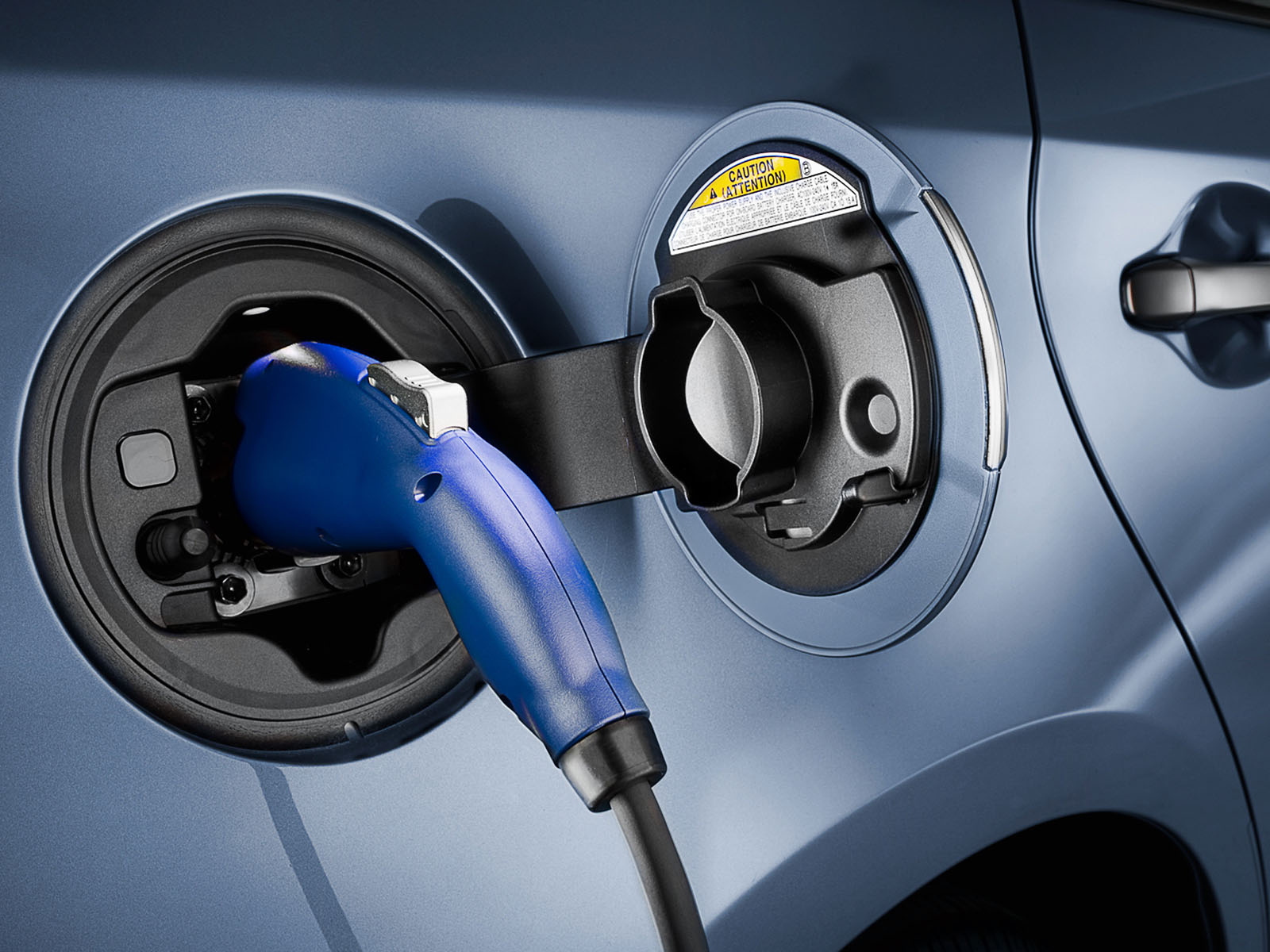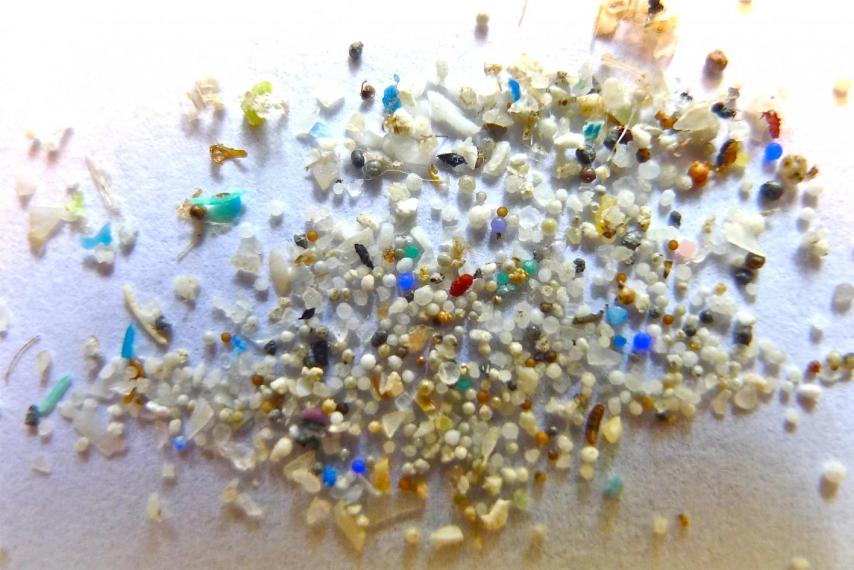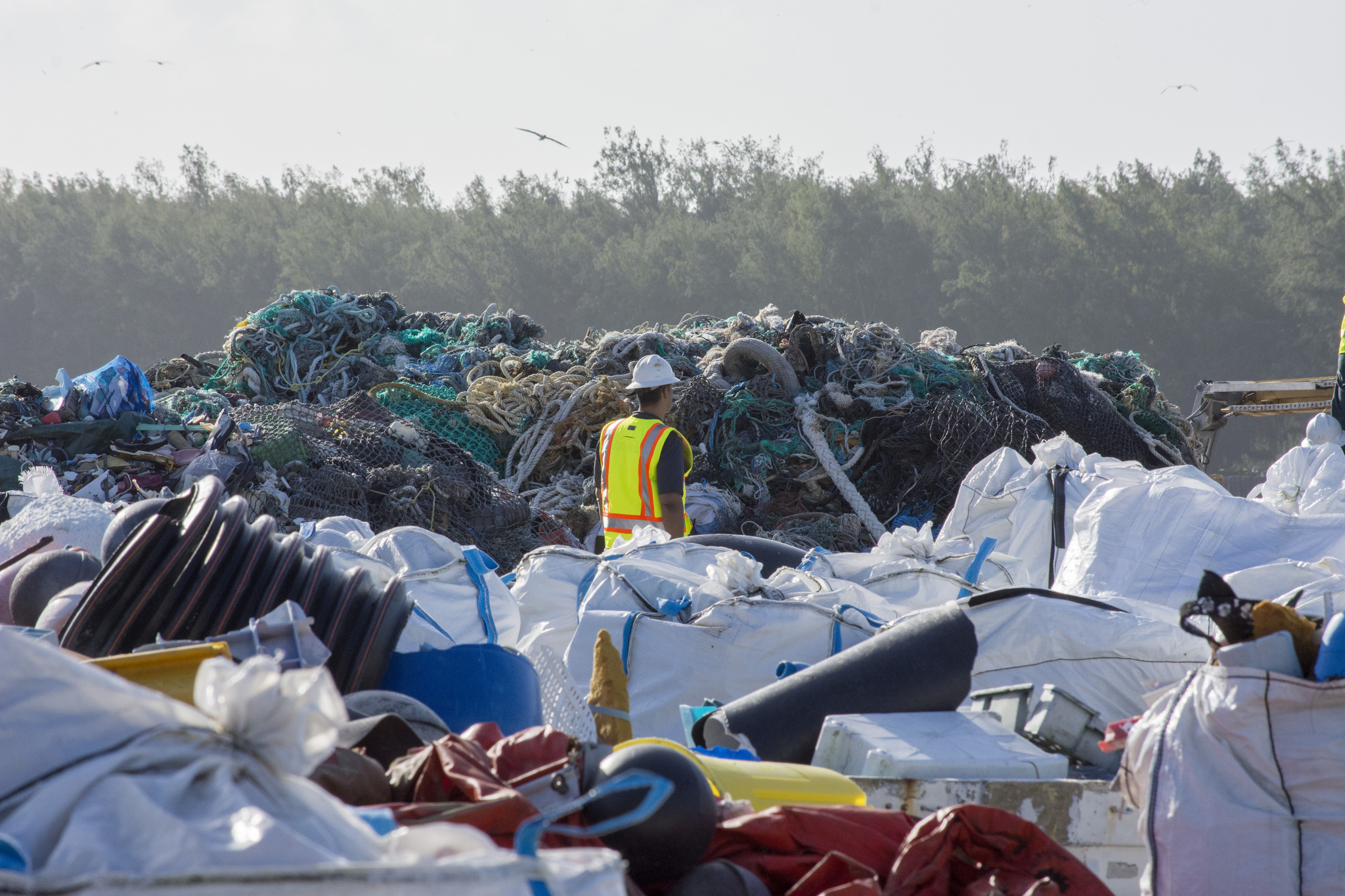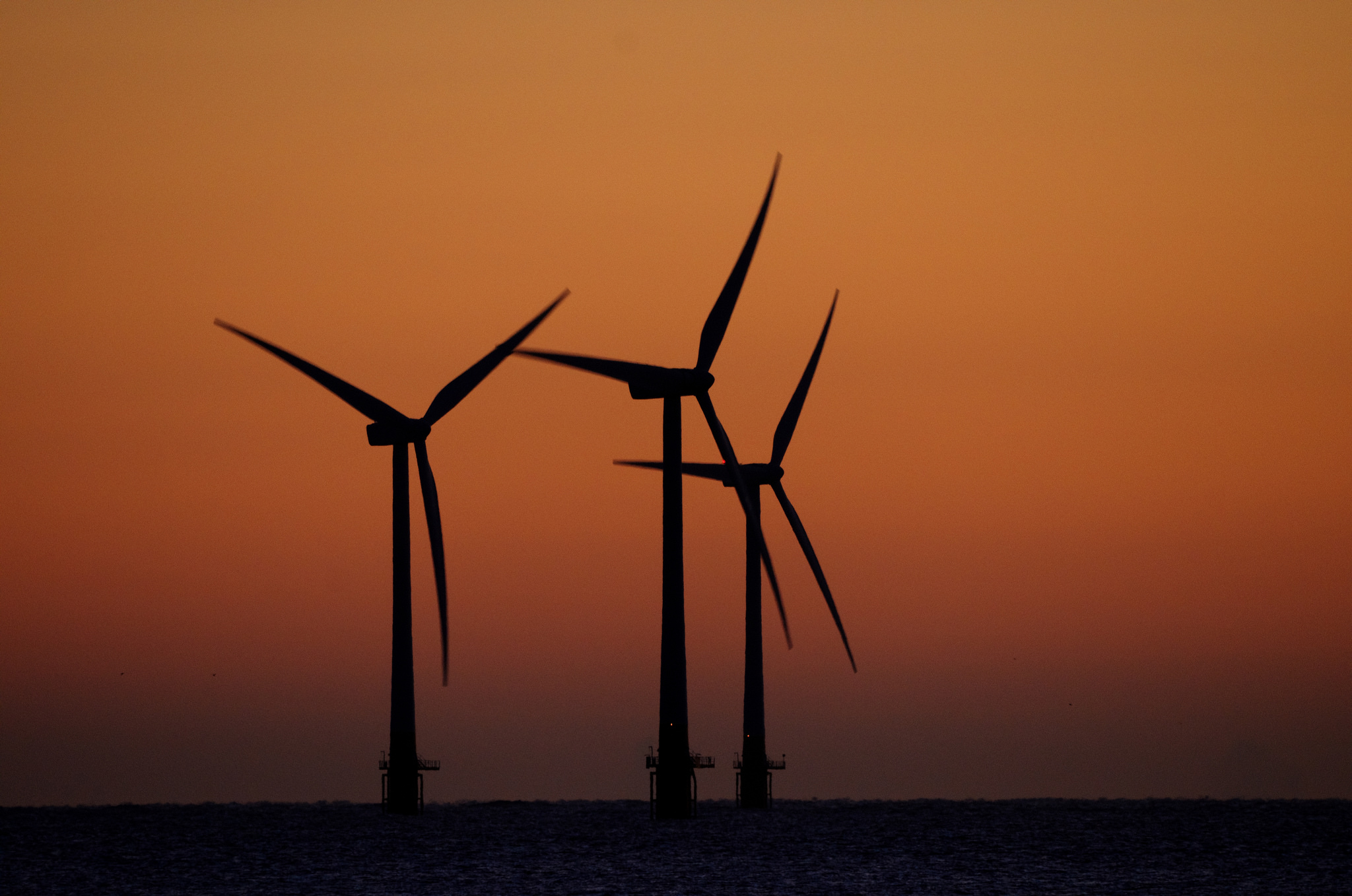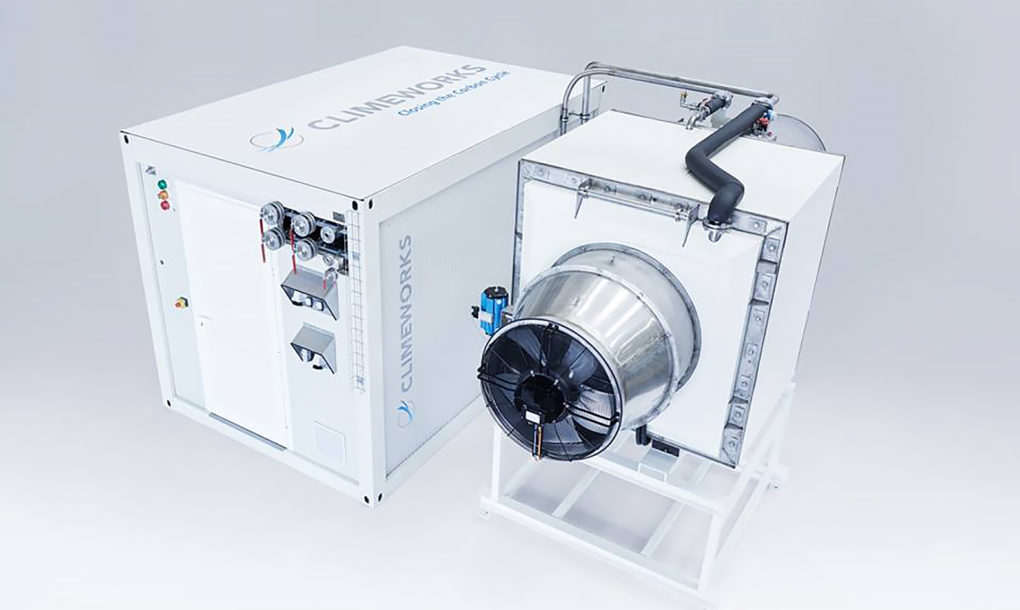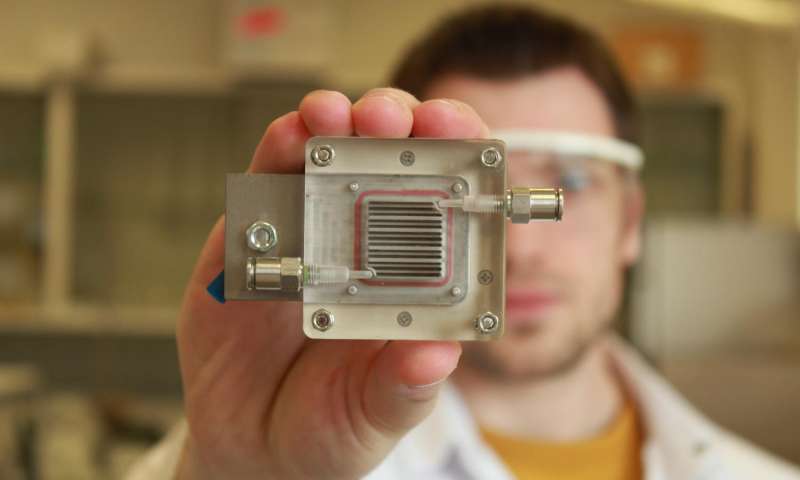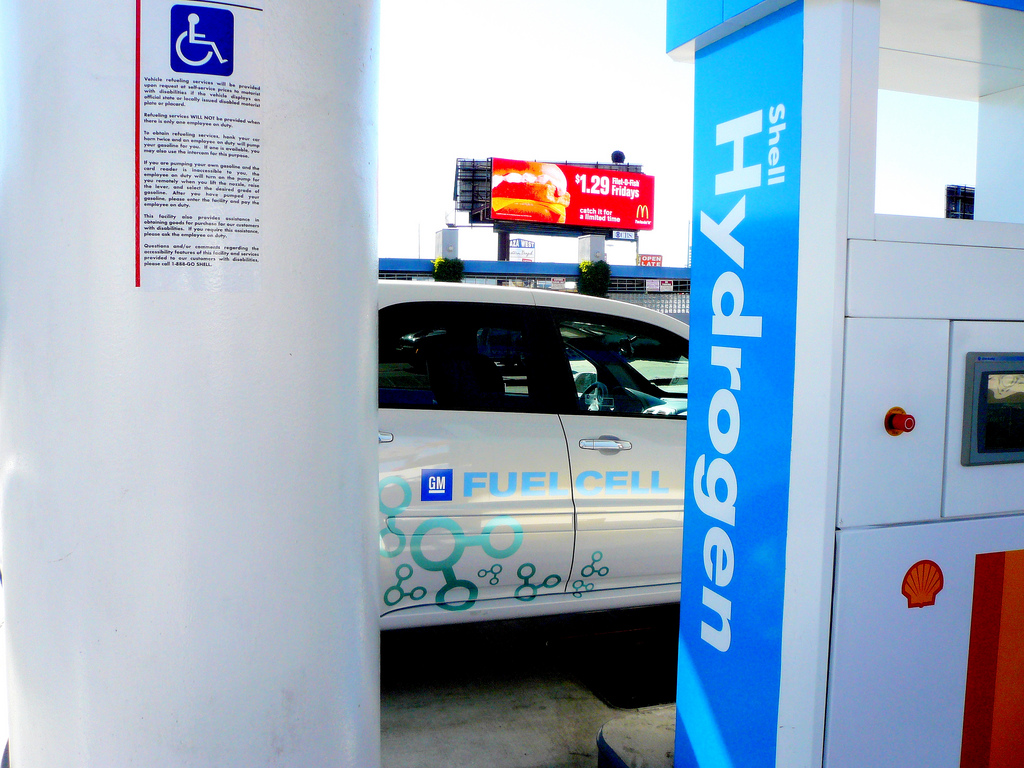Technology
The Perils Of Air Conditioning
The battle to reduce greenhouse gas emissions is heavily focused on replacing fossil fuel power plants with renewable energy and replacing internal combustion engine autos with electric cars. But there is another elephant in the room: air conditioners.
A Faster Car Battery
There is more and more interest in electric cars and, based on the half million advance orders for the Tesla Model 3, more and more of us plan to be driving them. For many of us, the technology is already good enough to meet most if not all of our motoring needs.
Genetic Engineering And Conservation
Genetic engineering, or equivalently synthetic biology, is a multi-billion-dollar enterprise involved in pharmaceuticals, chemicals, biofuels and, of course, agriculture. In these fields, it is already the source of a great deal of controversy. But there is increasing interest in using synthetic biology (or synbio) technology as a tool for protecting the natural world, which is a prospect some find tantalizing and others find absolutely terrifying.
A Floating Wind Farm
Offshore wind farms are becoming increasingly important around the world. Europe has thousands of wind turbines off its coasts generating more and more of its power. The first offshore wind farm in the U.S. opened for business last year and more are on the way.
Electric Cars For Real This Time?
Electric cars have been around for a long, long time. The first ones appeared in the mid-19th century. Around the turn of the 20th century, they were popular for taxi cabs in places like New York City. But within about 10 years, they mostly disappeared. In the 1990s, electric cars had a brief revival with vehicles like the General Motors EV1. But again electric cars mostly vanished.
France And Climate Change
On the heels of the Trump Administration’s decision to withdraw from the Paris Climate Accord, France has rolled out ambitious plans to reduce its carbon footprint even further.
Biodegradable Microbeads
Microbeads are little spheres of plastic less than half a millimeter in diameter that are added to a variety of personal care and cleaning products such as cosmetics, sunscreens and fillers. They give these products a desirable smooth texture. However, they are so small that sewage filtration systems can’t remove them and they end up in rivers and oceans where they are ingested by birds, fish and other marine life.
A Plastics Promise
It’s estimated that five to thirteen million tons of plastic enters our oceans annually, where much of it can linger for hundreds of years. According to a report by the World Economic Forum and the Ellen MacArthur Foundation, scientists estimate that there is 165 million tons of plastic swirling about in the oceans right now. And we are on pace to have more plastic than fish (by weight) in the world’s oceans by 2050. That’s some scary stuff.
Trees Are Not Enough
Trees are nature’s way of removing carbon dioxide from the atmosphere. Growing plants take up CO2 and store it in the form of their roots, stems and leaves. And in fact, a significant factor in the growing levels of carbon dioxide in the atmosphere has been the extensive deforestation that has gone on over the past couple of centuries.
Offshore Wind Progress
Last December, the first commercial offshore wind farm in the United States started operation off the coast of Rhode Island. The Fisherman’s Energy Atlantic City Windfarm off the coast of New Jersey is under construction. With the lengthy logjam finally broken, there is increasing activity in the emerging U.S. offshore wind sector.
A CO2 Vacuum Cleaner
A new carbon capture plant, sitting on top of a waste incineration facility near Zurich, Switzerland, is now sucking CO2 out of the air to sell to its first customer. The plant opened on May 31, and is the first commercial enterprise of its kind.
Clean Air And Energy
Researchers in Belgium have engineered a device that uses sunlight to purify polluted air and, in the process, produces hydrogen gas that can be stored and used for power. Two teams of researchers separately investigating processes for air purification and hydrogen production combined their efforts to create the new device.
Fern-Inspired Energy Storage
The amount of solar energy striking the surface of the earth in two hours is enough to supply all of humankind’s needs for an entire year. For this reason, it is widely thought that solar energy should be our primary source of electricity. If this is to happen, however, there must be cost-effective ways to obtain solar electricity regardless of the time of day, weather, or seasonal changes. Essentially, there must be ways to store the energy from the sun to use it when we need it.
China And India Climate Progress
China and India have 36% of the world’s population and produce about 35% of global CO2 emissions, ranking first and third respectively in that category. The United States, with a little over 4% of the world’s population, produces about 16% of global CO2 emissions, good for second place.
Pedaling For Clean Air
Poor air quality is a problem all around the world. Exposure to air pollution is linked to the premature deaths of an estimated 6.5 million people every year, making it the fourth largest threat to human health, trailing only high blood pressure, dietary risks, and smoking.
Surging Wind Power In The U.S.
So far, it has been a big year for the U.S. wind industry, which experienced its fastest first-quarter growth since 2009. In total, about 2,000 megawatts of new capacity was installed, enough to power about 500,000 homes. With this addition, wind now produces 5 1/2% of the country’s electricity.
A Hydrogen-Powered Train
It seems like something out of a science fiction movie, but a nearly silent train that glides along its tracks emitting nothing but water is a reality. In March, Germany conducted successful tests of the world’s first “Hydrail,” which is a hydrogen-powered, zero-emission train.
A New Record For Solar Hydrogen Production
Renewable energy may be under attack by the federal government these days, but one federal agency is making great progress on using the sun’s energy to split hydrogen from water. The National Renewable Energy Laboratory, located in Golden, Colorado, recently highlighted two initiatives aimed at the production of renewable hydrogen.
[Read more…] about A New Record For Solar Hydrogen Production


